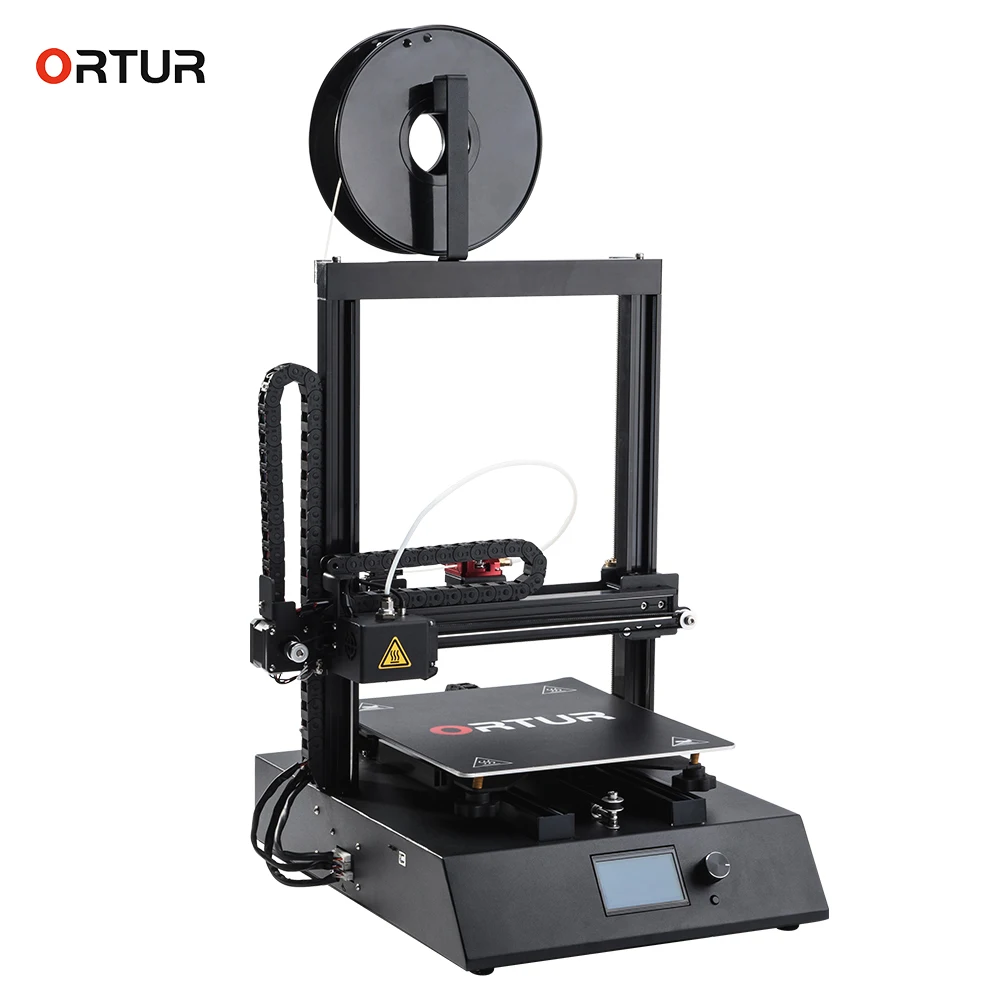

Inherent to this definition is the notion of play, that making is fun – and useful – for learning.

It’s done in a safe, low risk environment, where everyone supports each other and failure is an acceptable option, provided it advances one’s understanding of the problem or solution. To me, ‘Maker Culture’ is all about hands-on experimentation – designing, building, testing, learning, and repeating – to gain insight into the problem at hand. Also, it helps to have a very experienced designer on your staff as much of this is still best gained through experience the design tools to predict and compensate for this do not yet exist. To overcome this, we have to design smarter and really understand the implications of build orientation and process parameters of each system. This last role is particularly important as “curling” causes more than half of the build failures right now due to the high temperature fluctuations that parts experience as they are heated (and then cool) by the laser during the build. First, they provide support for part features that are not self-supporting (e.g., overhangs), and second, they help anchor the part to the build plate so that the part does not “curl up” during the build. Support structures play two crucial roles in additive manufacturing with metals. What's been your biggest Making challenge?įor 3D metal printing, support structure design is the biggest challenge right now. This process allows engineers’ creativity and design skills to flourish like never before. This system is in high demand by many of our industry partners as it provides engineers with unparalleled design freedom to create complex geometries and internal passageways, lightweight components, and integrate multi-part assemblies into a single 3D printed component. Right now, our “go-to” Maker tool is our EOS M 280 laser-based powder bed fusion system in Penn State’s Center for Innovative Materials Processing through Direct Digital Deposition (CIMP-3D, which I co-direct. What's your go-to Maker skill and/or tool? The laser-based powder bed fusion technology that we used to fabricate the pistons allowed us to create an intricate internal piston geometry and external contours that would be difficult and expensive to machine, but with 3D printing, it was a piece of cake. We 3D printed two large-scale piston crowns with a steel alloy that is currently being tested in a heavy duty combustion application. Today, his research focuses on additive manufacturing with metallic materials with applications in aerospace, automotive, oil and gas, medical, and space industries. Today, more than 900 engineering students annually engage in hands-on design/build projects with over 120 different industry sponsors, ranging from large multi-national corporations to individual entrepreneurs and student start-ups. From 2007-2012 he served as the Director of the Learning Factory, which he grew into the largest, college-wide capstone design program in the country. He enjoys his split (50/50) appointment between Mechanical Engineering (for his design activities) and Industrial & Manufacturing Engineering (for his making activities), and he’s also an active member of Penn State’s Engineering Design Program.

His teaching and product design research continued to evolve and expand once he joined the faculty at Penn State. There, he became involved with the first wave of rapid prototyping technology, which has been a mainstay of his work ever since. He found his passion for product design his senior studying mechanical engineering at Cornell University and then went to Georgia Tech to pursue graduate studies in mechanical engineering to learn design methods for product development. Early on, it was Lego and wooden outdoor forts, then it was machined parts and assemblies in college, and now he enjoys 3D printed metal components. Tim has been a maker for nearly his whole life.


 0 kommentar(er)
0 kommentar(er)
